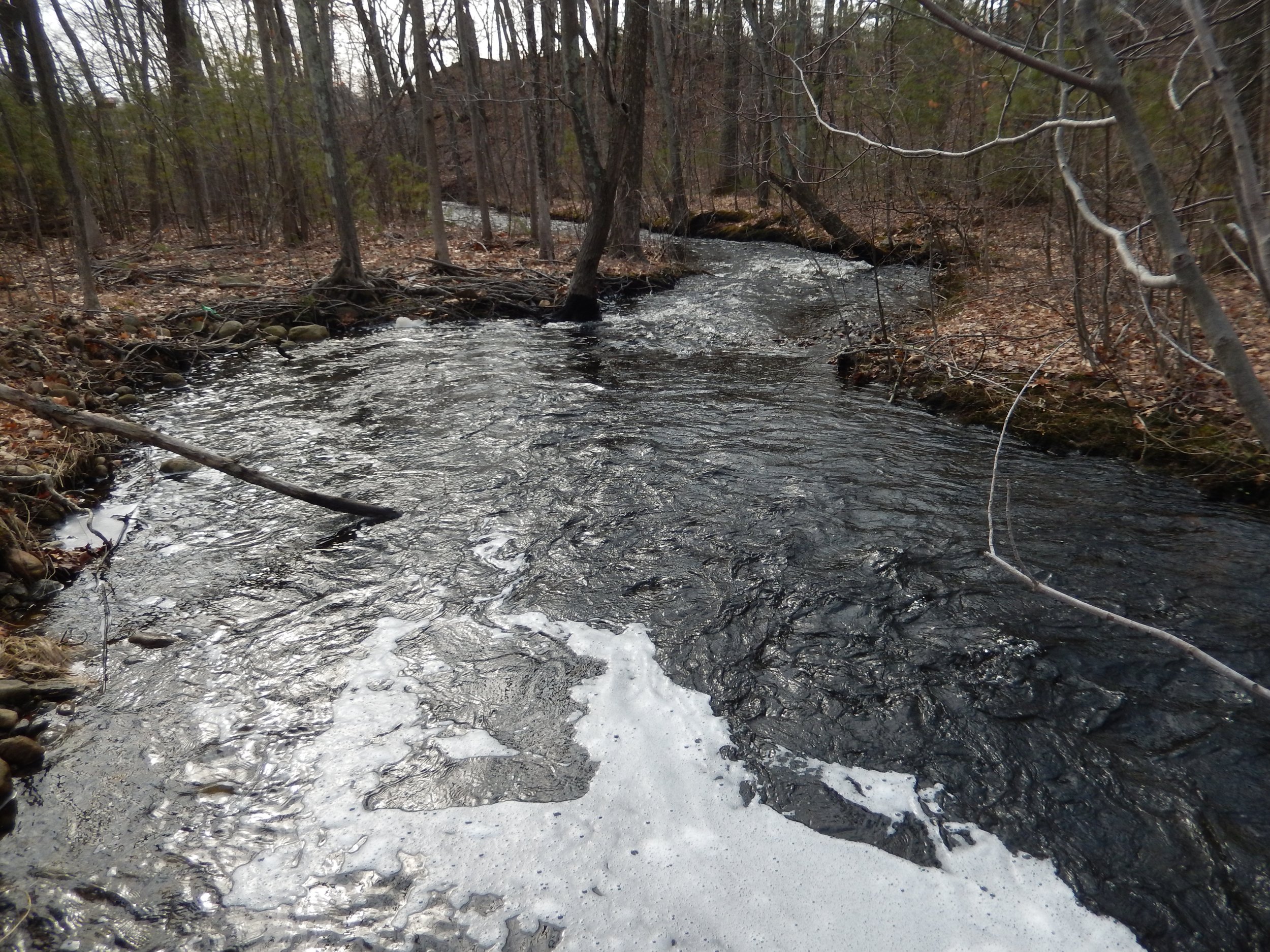
What We’re Doing
Campaign For a Fishable-Swimmable Blackstone River
In order to marshall the resources to actually clean up the Blackstone River, in 2003 the Blackstone River Coalition launched the Campaign for a Fishable/Swimmable Blackstone River.
To build a roadmap for the Campaign, the BRC is working with federal, state and local agencies, as well as non-profit organizations, academic institutions and businesses to create a bi-state watershed action plan.
To improve water quality to achieve a fishable/swimmable Blackstone River, the Campaign focuses on the following:
Cold Water Fishery Protection
The BRC has received $25,000 from Massachusetts Environmental Trust grant program to bolster our three project priority areas:
Support of Year 15 of our award-winning Blackstone River Coalition watershed-wide volunteer water quality monitoring program
Focus on MA cold water fishery streams in the Blackstone River watershed where we have long-running monitoring sites
Conduct an education and outreach program in the cold-water fishery sub-watershed communities, including the four cwfs in urban Worcester (Tatnuck Brook, Ararat Brook, Coal Mine Brook and Poor Farm Brook), and the 9 cwfs in the mill towns of Grafton, Upton, Sutton, Northbridge, Douglas, Uxbridge (Cold Spring Brook, Centerville Brook, Cook Allen Brook, Miscoe Brook, Warren Brook, Meadow Brook, Emerson Brook, Bacon Brook, and the West River)
Stormwater Management
Tackling stormwater and polluted runoff and reducing pollutants washed into the waterways and lowering the volume of stormwater flowing into waterways.
Land Use
Protecting undeveloped areas, restoring wetlands and riparian areas, protecting cold water fishery streams, encouraging Low Impact Development strategies such as reducing impervious surfaces, increasing infiltration, and planting native species.
Recreational Opportunities
Continuing to build a system of river access points to increase opportunities for fishing, canoeing and enjoying passive recreation
Wastewater Treatment
Implementing more stringent limits on nutrients such as nitrates and phosphates at wastewater treatment plants.
Stream Flow
Restoring flow by methods such as:
Breach or remove appropriate dams
Establish fish passages for anadromous species at the four lower-most dams
Education and Outreach
Developing programs to increase watershed awareness and appreciation and encouraging active stewardship
Federal, state and local environmental agencies are working collaboratively to help reach our goal of a fishable/swimmable Blackstone River.
US Environmental Protection Agency
Natural Resources Conservation Service
US Geological Survey, National Park Service
Rhode Island Department of Environmental Management
Rhode Island Department of Transportation
Massachusetts Executive Office of Energy and Environmental Affairs
Massachusetts Department of Environmental Protection
Massachusetts Department of Conservation and Recreation
Massachusetts Department of Fish and Game
Local town governments
A Two-Tiered Campaign
-
Homeowner's Guide to Protecting Water Quality in the Blackstone River Watershed - 8 fact sheets about reducing impacts from lawns, cars, pets, dishwashers, rooftop runoff, household hazardous waste and impervious surfaces to waterways.
Horse Owner's Guide to Protecting Water Quality in the Blackstone Valley
Small Farm Owner's Guide to Protecting Water Quality in the Blackstone Valley
Rain Gardens help to collect the roof runoff, enhance your landscaping, and infiltrate to ground water.
-
Business owners can join the In Business for the Blackstone Program
